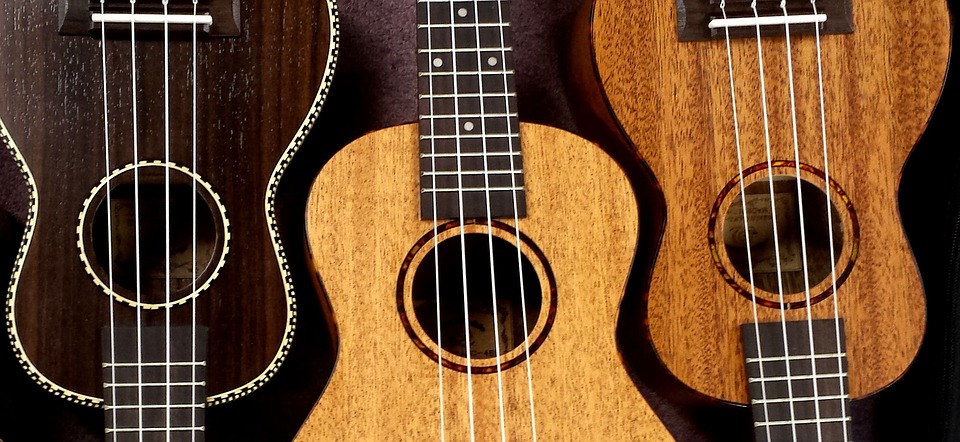The ukulele is a small, four-stringed instrument that’s used in a variety of genres all across the world, including rock ballads, folk music from various cultures, and pop tunes. While it may be easier to play than other string instruments such as guitar or bass, there still are some proper steps you can take in order to learn how to play the ukulele the right way, and we’re going to be covering some of those.
1. Sheet Music And Chords
It’s not unusual for people to want to start off by learning how to play their favorite songs. However, depending on which song is your favorite, that might not always be the best option for you. Because there’s a lot of fingerpicking and unique chords in a lot of songs, you might be better off starting with Ukulele songs for beginners in order to master the proper technique first. By starting off with some easier tunes that will teach you how to read chords and sheet music, as well as how to place and move your finger correctly, you’ll have a good basis for mastering more complex melodies later on. This way, you can learn the song note by note rather than trying to jump ahead and hope that your fingers will remember what goes where.
2. Practice The Basics
Learning adequate melodies is a crucial step to becoming a great player. That said, it’s also important that you practice scales in order to improve your finger dexterity, just as with any other string instrument. Even though you might be tempted to do this as fast as possible, it’s always better to do it slow and steady. When you play scales slowly, you’ll have much more control over how your fingers move, and you’ll be able to spot potential mistakes you’re making much easier. As you progress with your technique, you can start playing faster and faster to see how far you can push your limits. Though it’s not mandatory in most cases, if you’re serious about becoming a master on the ukulele, learning theory is recommended. This will enable you to improvise and understand chords better, which will lead to a more fluid playstyle. Even though it might feel like an eternity to master the basics, it’s always better to take things slow in order to have maximum results.
3. Find The Best Ukulele For You
Choosing the right ukulele is very important for your learning experience. To start off, there are four main types of ukulele – soprano, concert, tenor, and baritone. They all differ not only in their size but also in the sounds they make. The soprano ukulele is the shortest and highest-pitched, while the baritone ukulele is usually tuned to an E major chord and has a deeper sound. The concert ukulele comes in between these two types in terms of size and pitch, and the tenor uke sits between the concert and baritone – it’s a bit bigger than the former and a tad smaller than the latter. Once you know which type of ukulele will fit your personal needs best, it’s time to look at some more specific aspects of quality. Be sure that the strings are made out of nylon, not metal – this is much easier on your fingers and will allow you to practice longer without experiencing too much pain. As far as the wood goes, mahogany is great for sound and durability while spruce and red cedar are recommended for their beautiful tone (however, they’re less durable).
4. A Soft Touch
It takes time to get familiar with any instrument – especially a string one that you carry while you play. Because of this, a lot of beginners tend to grip it too tightly, which makes it harder to create a flowing melody. Take note of the way you’re holding your instrument. The idea is to accommodate the ukulele, not force it to fit you. This means that your arms shouldn’t be too far from your body, and should only carry enough pressure so that the instrument doesn’t fly away while you’re playing. Also, when plucking a string, don’t grip it too hard – just place a finger on it as gently as needed to create the sound you’re looking for and you’re good to go. By exerting too much pressure while playing, you’ll make the melody sound less relaxed. During your sessions, it’s always better to stop and start over every time you start feeling your hands start to stiffen around the instrument. This way, you’ll make sure that your fingers don’t get tired and can keep up with the melody with minimal mistakes.
No matter how many tips you use in order to master this instrument, at one point or another, you’ll have to go over some boring routines before you master it. As time goes by, though, everything starts falling into place, and you’ll find yourself able to play your favorite songs in no time. If you’re willing to put some time and effort into it, soon enough you’ll be playing just like a pro.

